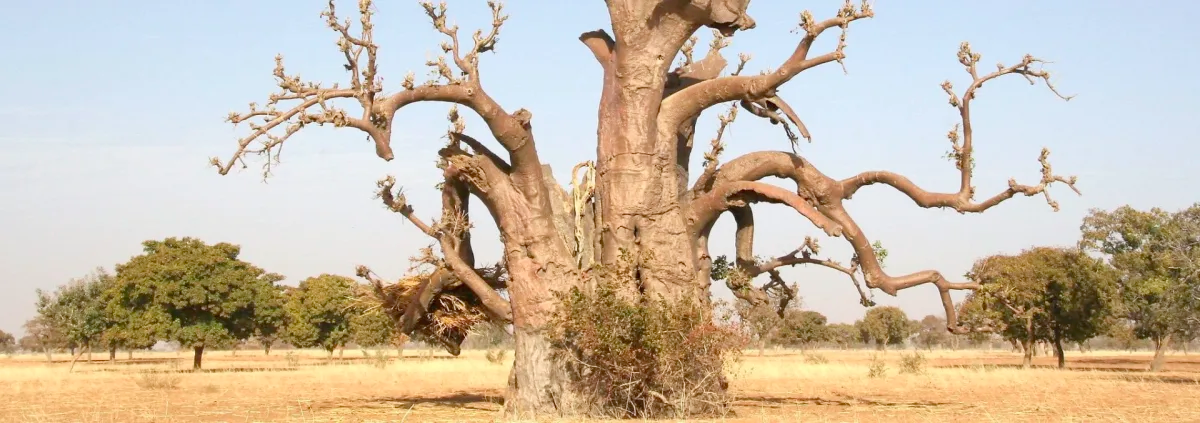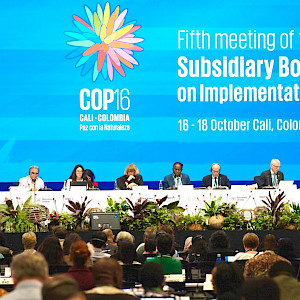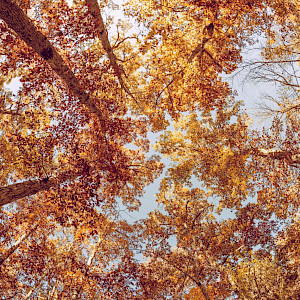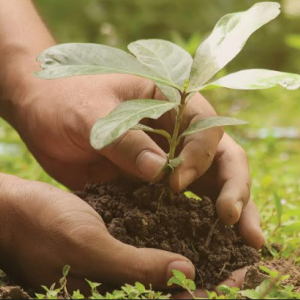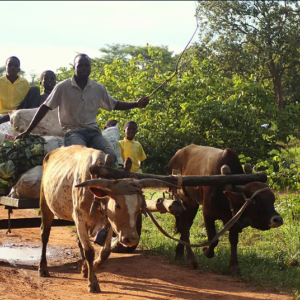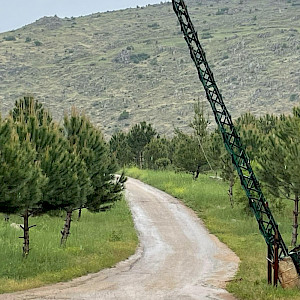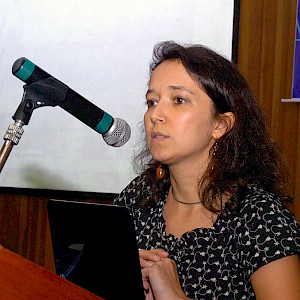The NASA, the University of Copenhagen’s Department of Geosciences and Natural Resource Management, and other partners carried out a ground-breaking study. Their analysis, described as a proof-of-concept by Compton Tucker, senior biospheric scientist at NASA’s Goddard Space Center, found trees in increasing numbers in dryland and desert regions – areas, previously representing white spots on maps. The study shows that AI advanced to collect data at higher spatial resolutions and this technology can be applied worldwide.
News
- Posted 20 June 2021
What the documentation of 1.8 billion trees in West Africa means for climate change adaptation
- Add tags
